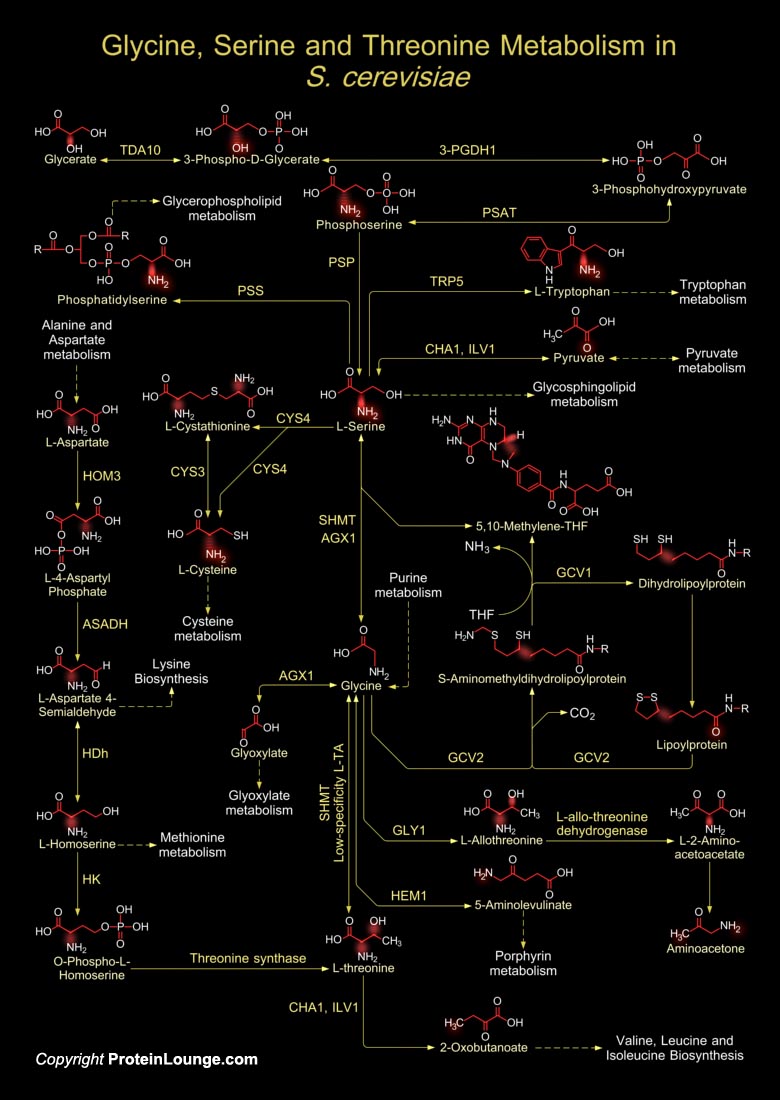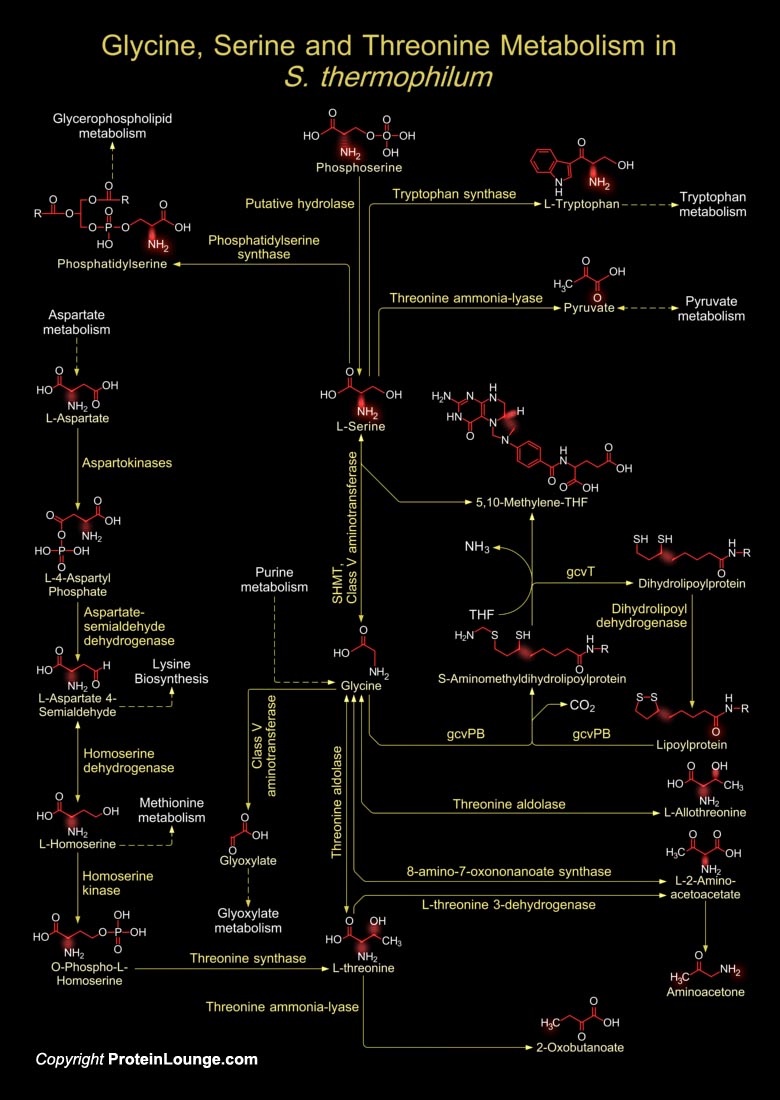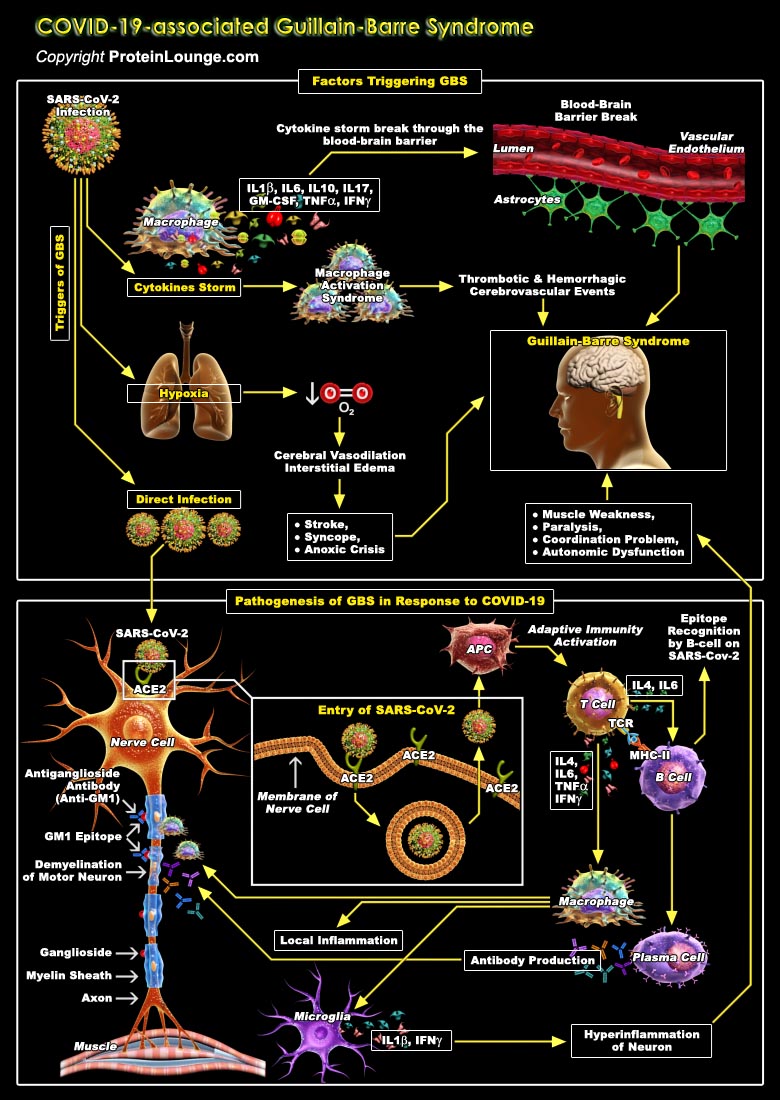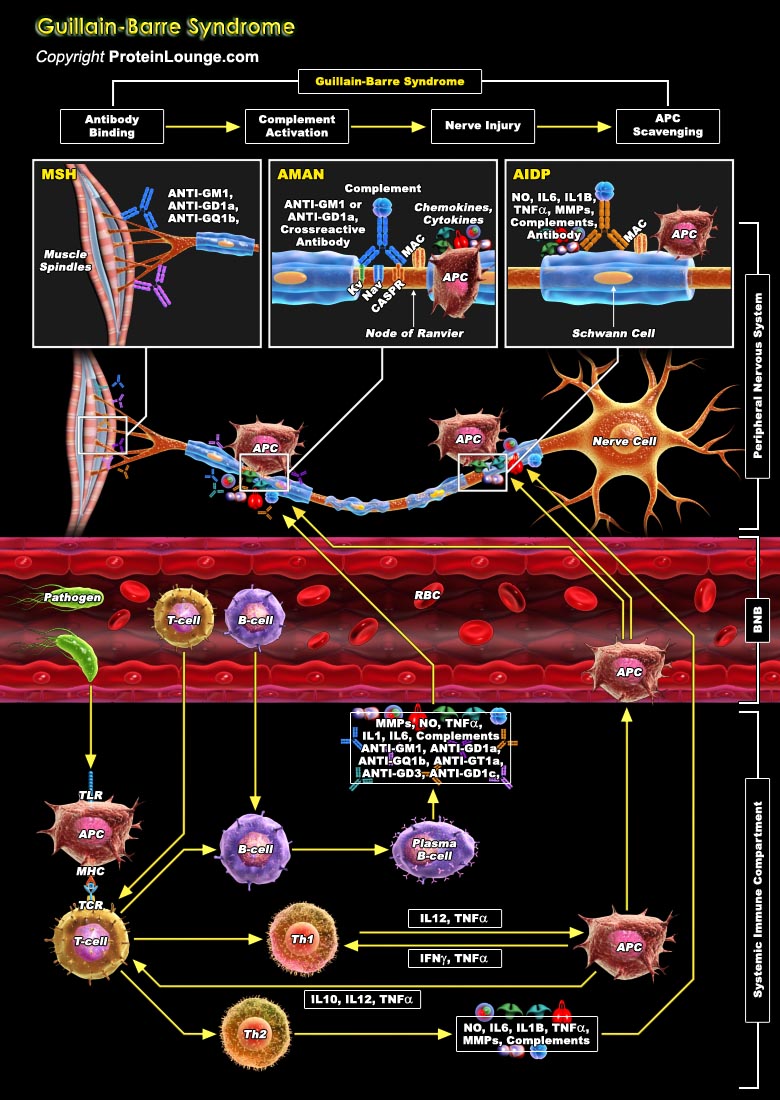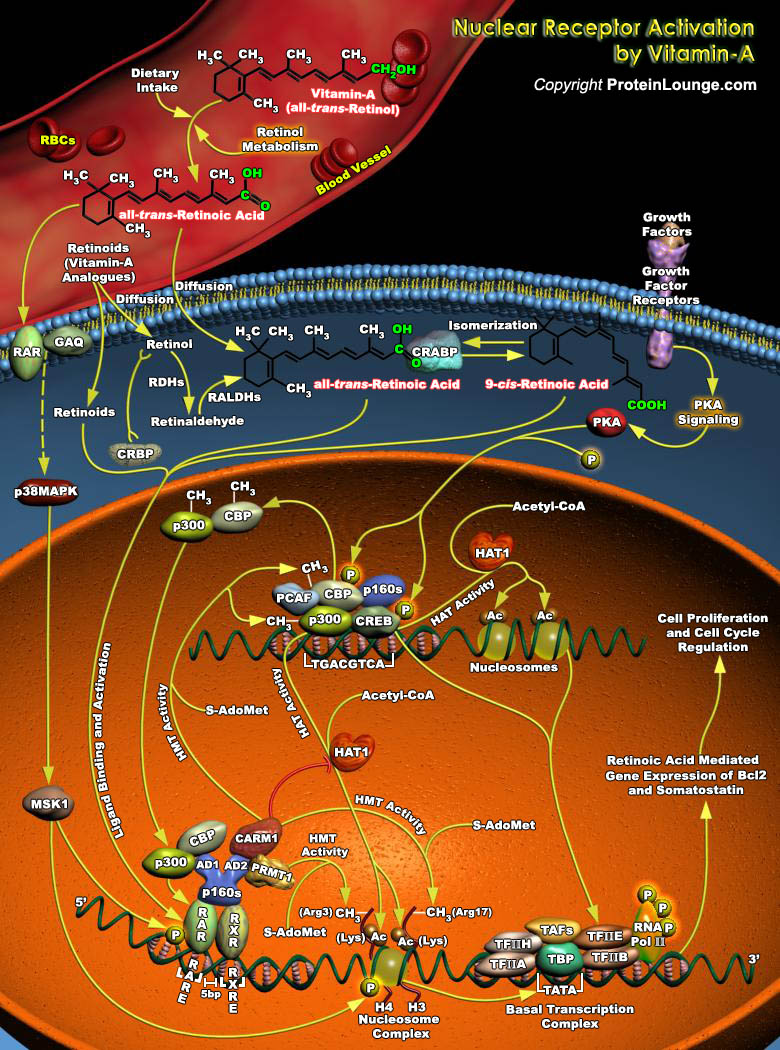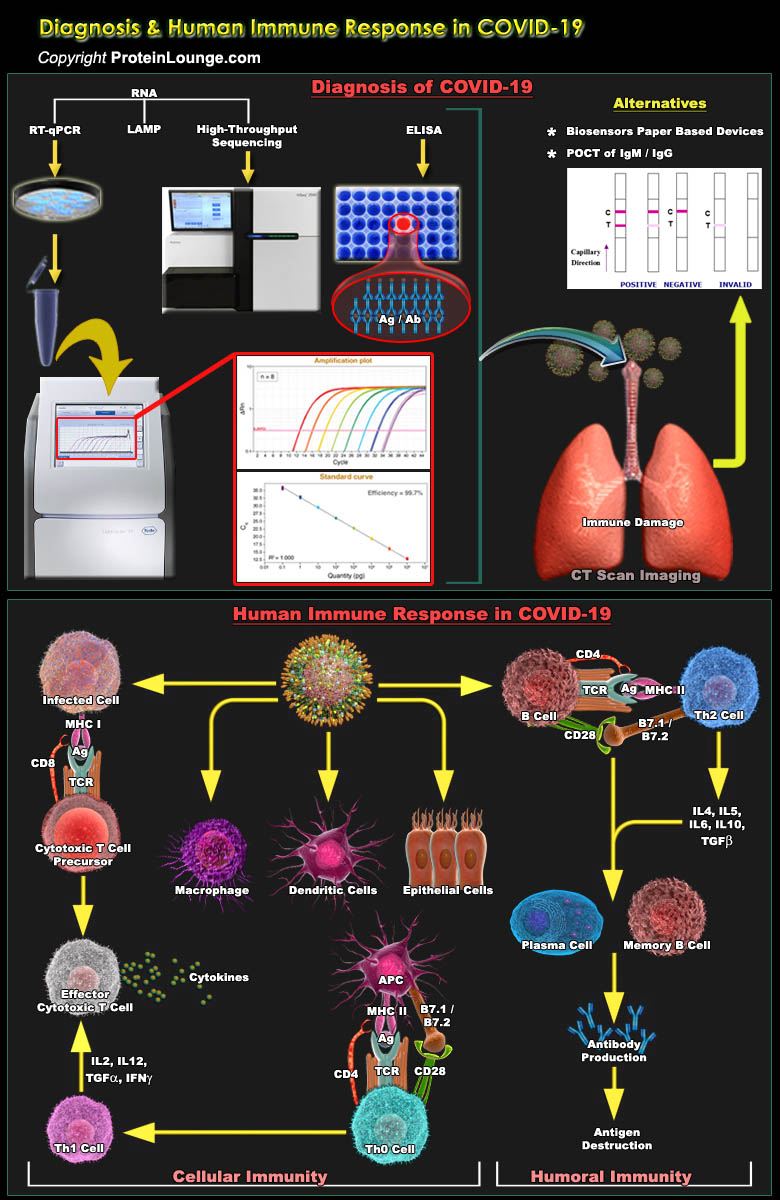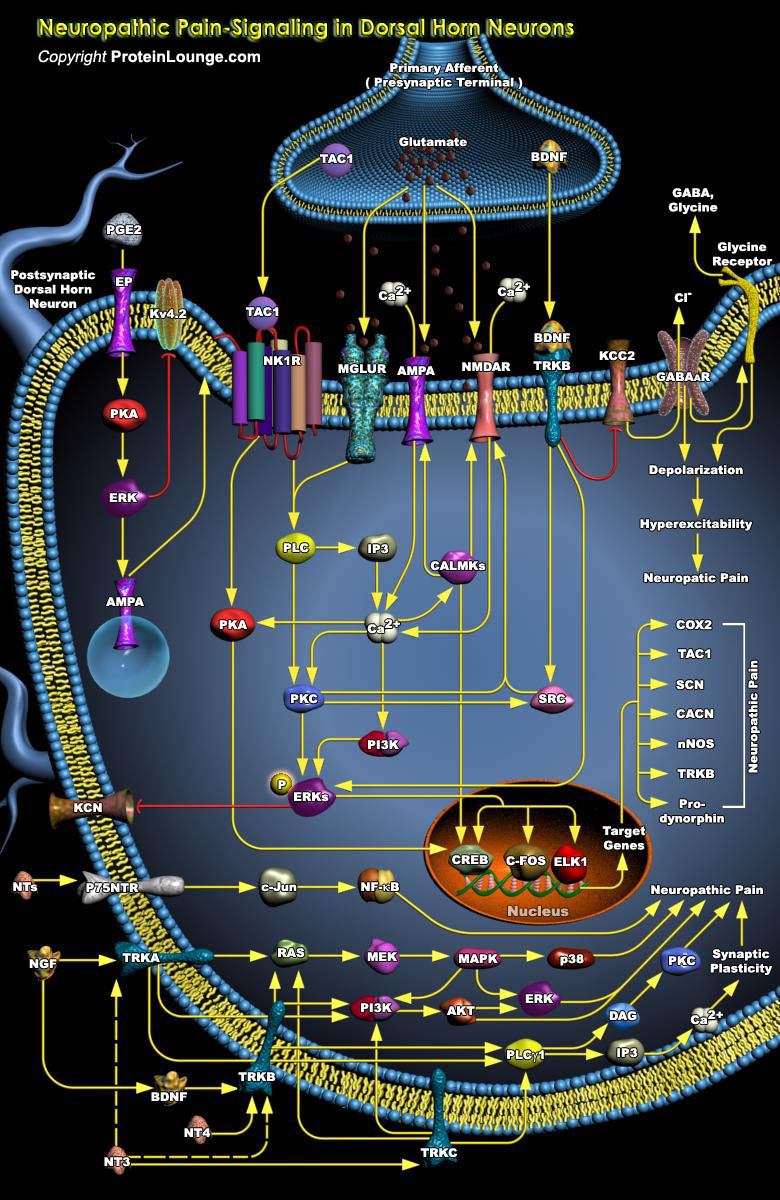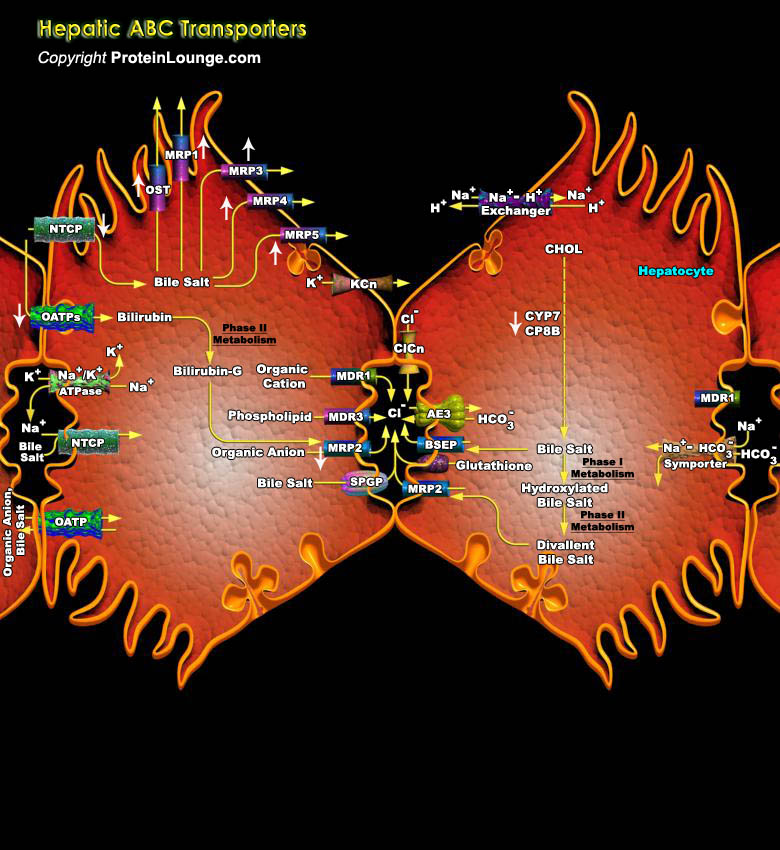Featured Pathways
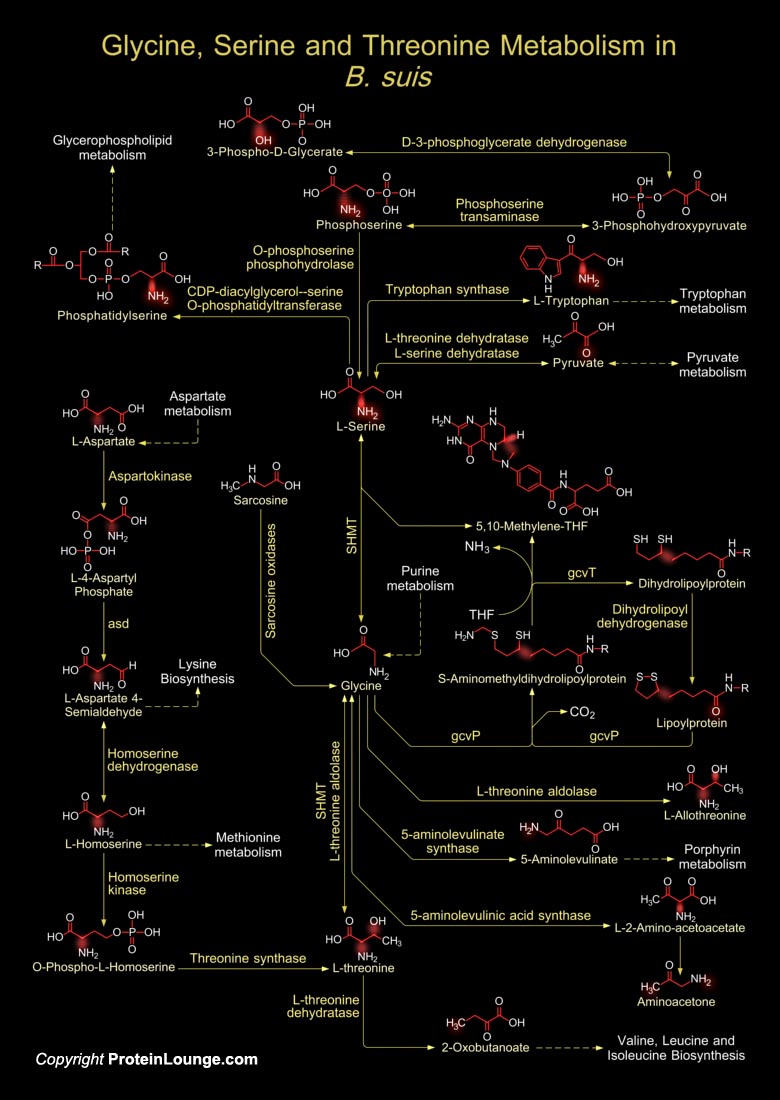
Species in the genus Brucella are the etiological agents of Brucellosis, a zoonotic disease endemic in many areas of the world, characterized by chronic infections in animals leading to abortion and infertility, and a systemic, febrile illness in humans. Brucella is facultative intracellular pathogens that enter the host through mucosal surfaces and are able to survive inside[..]
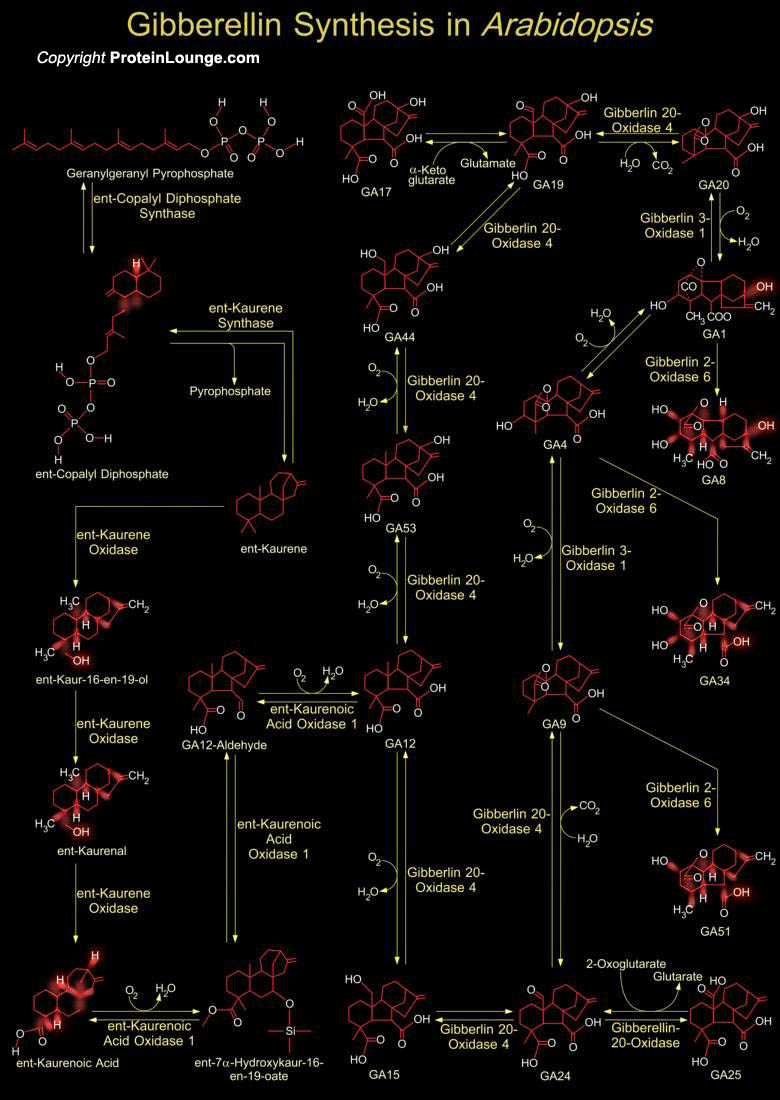
The GAs (Gibberellic Acids or Gibberellins) phytohormones play important roles in plant growth and development, promoting seed germination, elongation growth and reproductive development. GA is important for processes including seed germination, stem growth, and flower and fruit development. Gibberellins are modified in the endoplasmic reticulum and cytosol until they reach their[..]
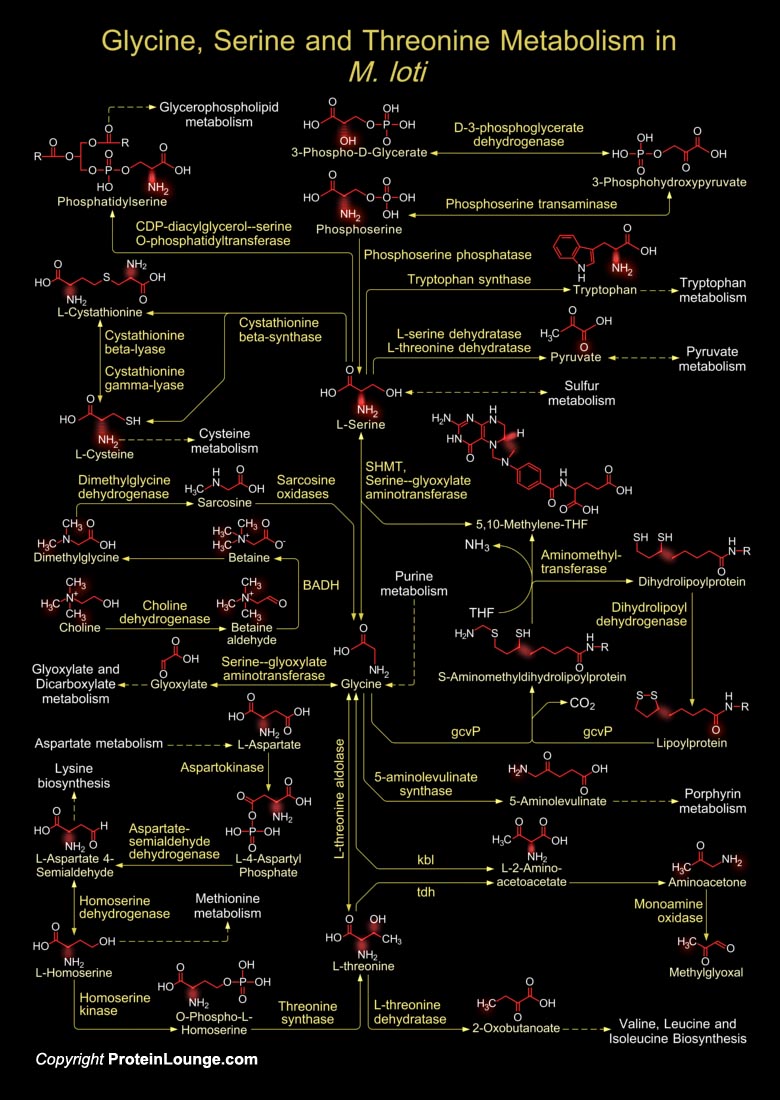
Rhizobium, Bradyrhizobium, Mesorhizobium, Sinorhizobium, and Azorhizobium-collectively known as rhizobia, are Gram-negative, nitrogen-fixing bacteria of agronomic importance because they perform nitrogen-fixing symbioses with leguminous plants (soybean, alfalfa, beans, peas, etc). The metabolism of amino acids like Glycine is indispensable for[..]
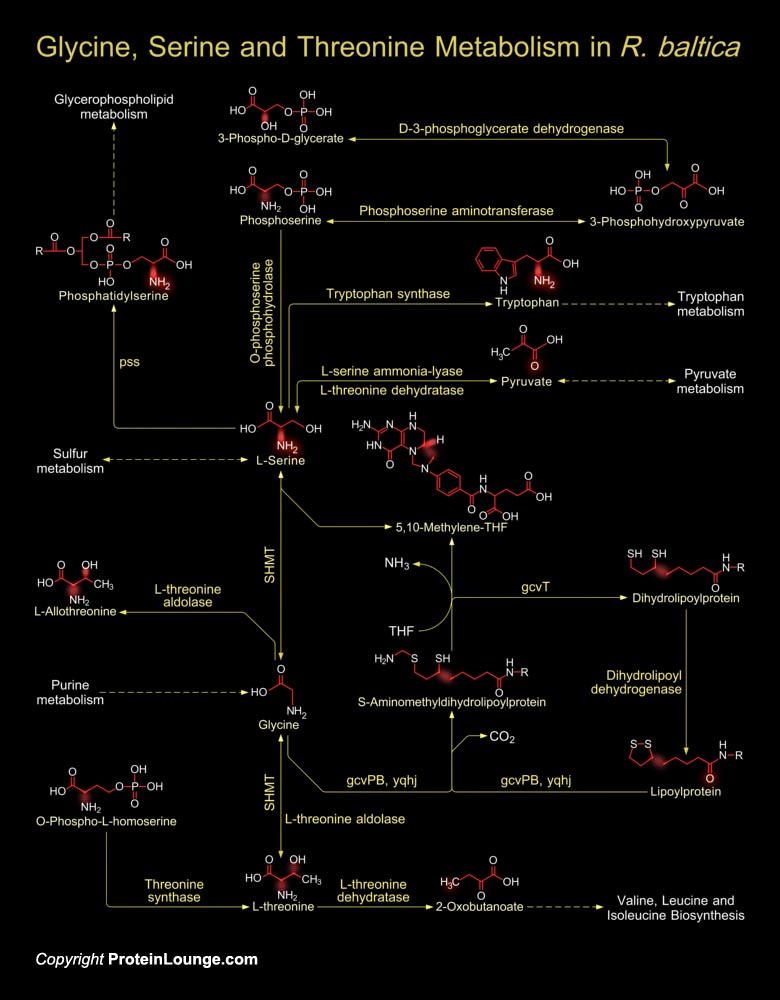
R. baltica (Rhodopirellula baltica) is a marine, aerobic, heterotrophic representative of the globally distributed and environmentally important bacterial order Planctomycetales. They catalyze important transformations in global carbon and nitrogen cycles. From a phylogenetic perspective the order Planctomycetales forms an independent, monophyletic phylum of the domain[..]
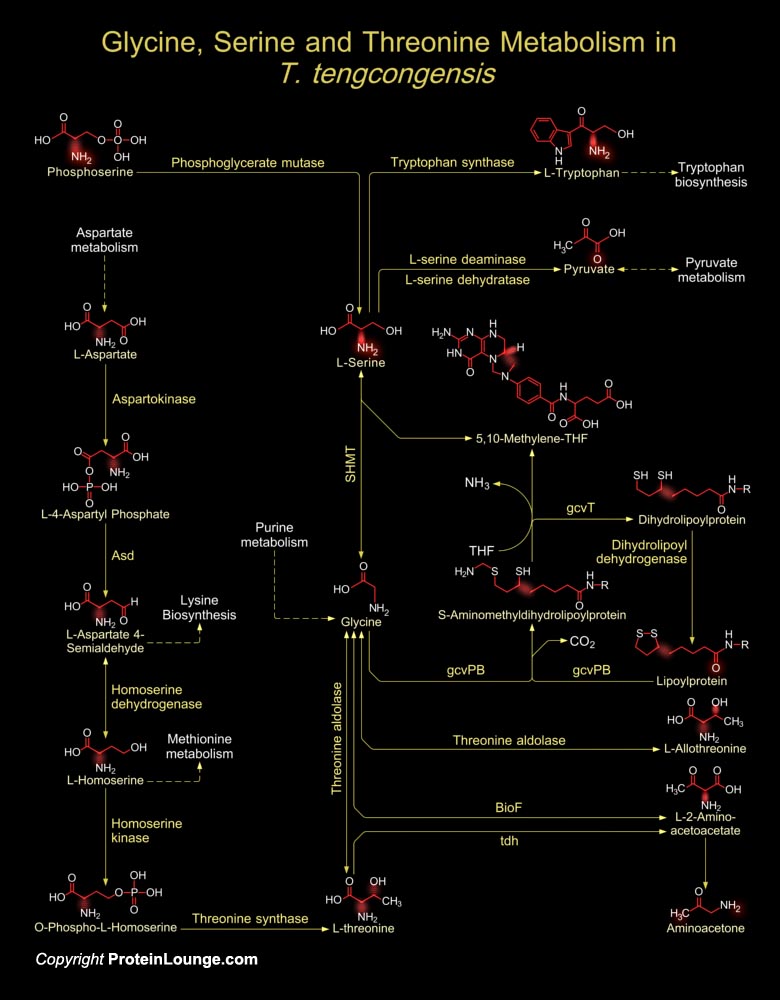
T. tengcongensis (Thermoanaerobacter tengcongensis) is a rod-shaped, Gram-negative, anaerobic eubacterium that metabolizes sugars as the principal source of energy and carbon source, and gains energy anaerobically by Sulfur respiration. T. tengcongensis has a complete collection of genes involved in most of the amino acid biosynthetic pathways for Threonine, Valine,[..]
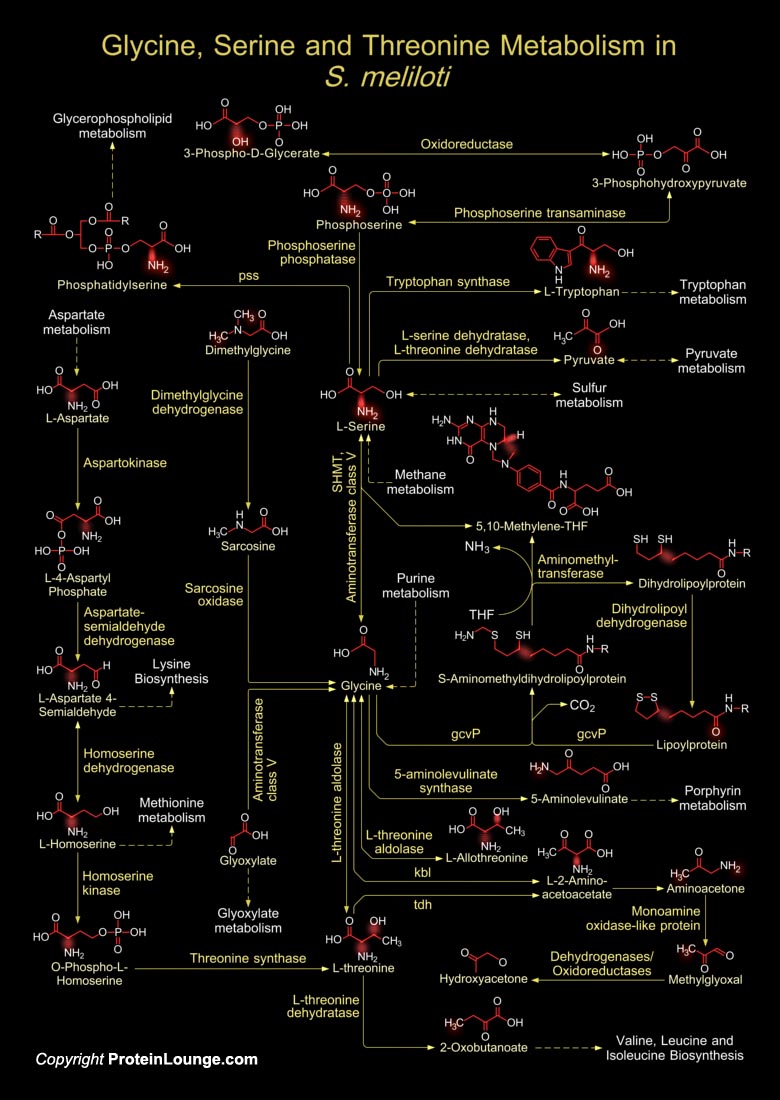
One of the most interesting and perhaps best-studied plant bacterial interactions is between rhizobial species and economically important leguminous plants (soybean, alfalfa, beans, peas, etc.). Rhizobia are generally described as root-nodule-forming nitrogen-fixing symbionts belonging to one of five species, Rhizobium, Bradyrhizobium, Sinorhizobium,[..]
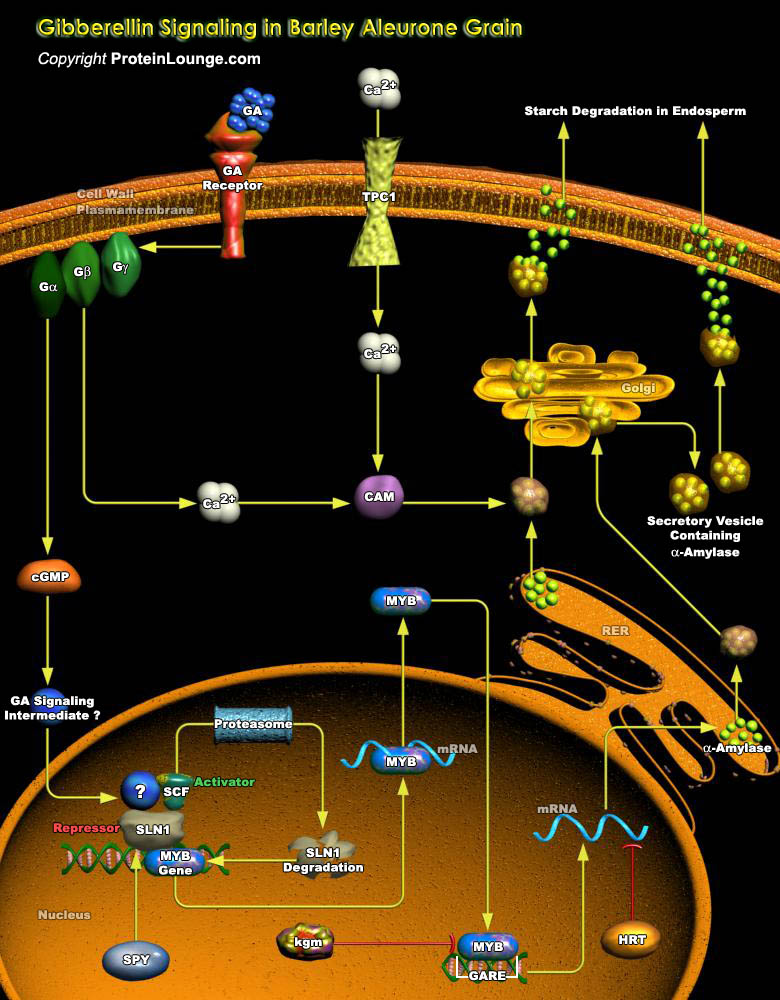
GAs (Gibberellins) are members of a large family of Diterpenoid compounds, which are essential for a number of processes, including Gene Expression in Cereal Aleurones, Seed Germination, Elongation, Growth, and Flowering. During the last four decades, Barley Aleurone has been a valuable system for studying GA regulation of gene expression. After germination, GAs are released from the[..]
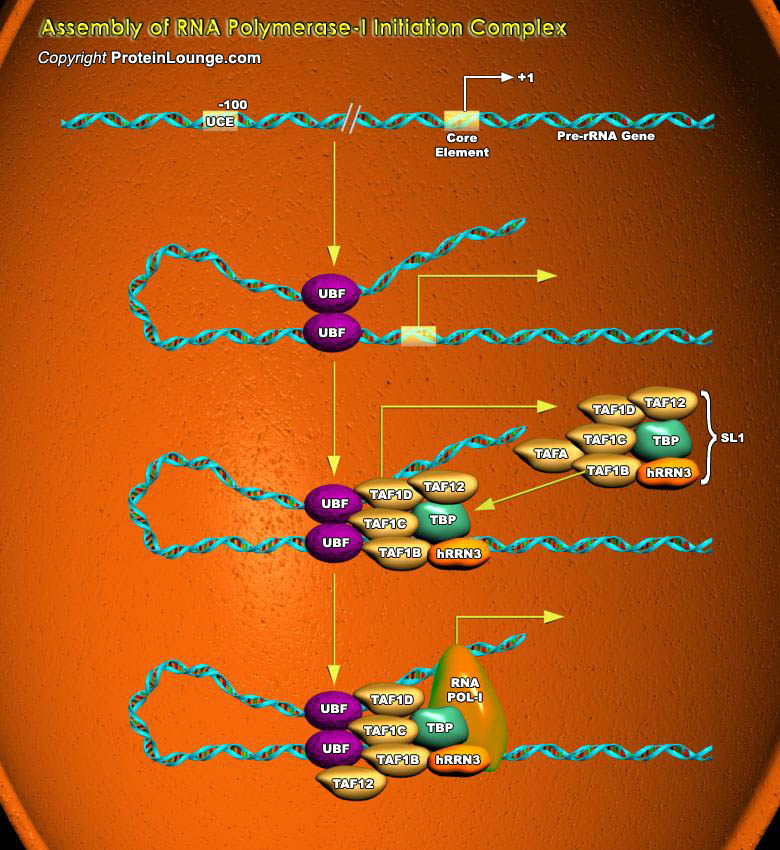
The nuclei of all eukaryotic cells contain three different RNA Polymerases, designated I, II and III. Like the DNA polymerase that catalyzes DNA replication, RNA Polymerases catalyze the formation of the phosphodiester bonds that link the nucleotides together to form a linear chain. The RNA polymerase moves stepwise along the DNA, unwinding the DNA helix just ahead of the active site for[..]
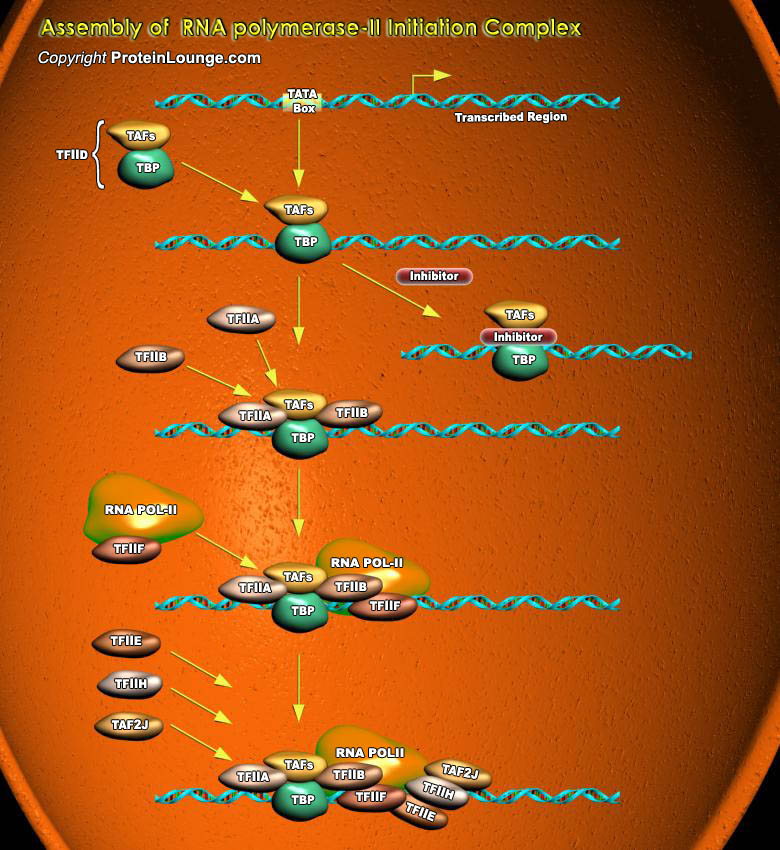
The nuclei of all eukaryotic cells contain three different RNA Polymerases, designated I, II and III. Like the DNA Polymerase that catalyzes DNA replication, RNA Polymerases catalyze the formation of the phosphodiester bonds that link the nucleotides together to form a linear chain. Each eukaryotic RNA Polymerase catalyzes transcription of genes encoding different classes of RNA. RNA[..]
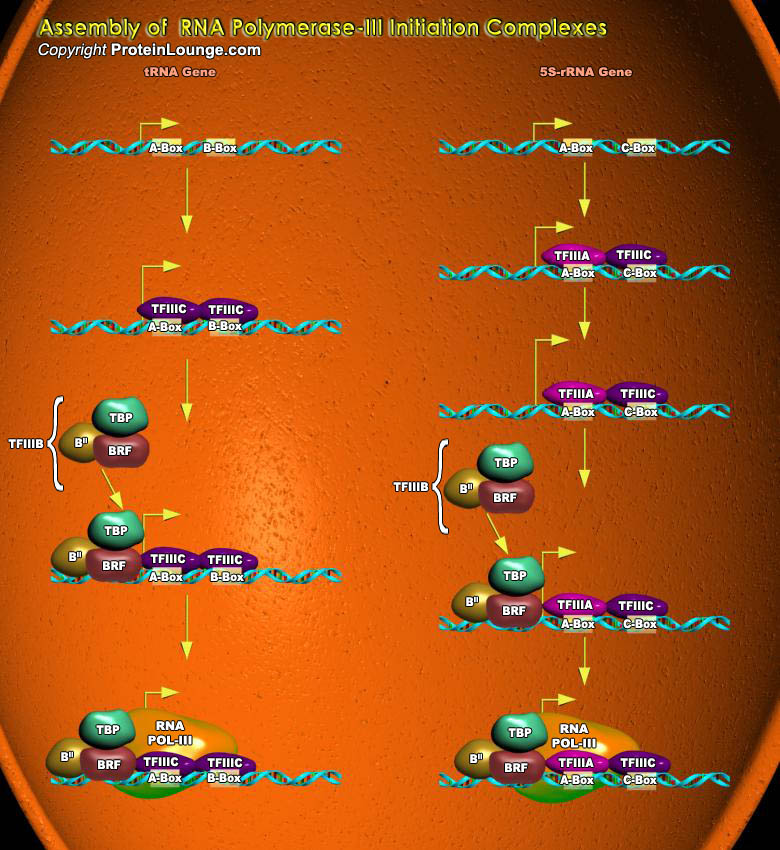
The nuclei of all eukaryotic cells contain three different RNA Polymerases, designated I, II and III. Like the DNA Polymerase that catalyzes DNA replication, RNA Polymerases catalyze the formation of the phosphodiester bonds that link the nucleotides together to form a linear chain. Each eukaryotic RNA Polymerase catalyzes transcription of genes encoding different classes of RNA. Transcription[..]
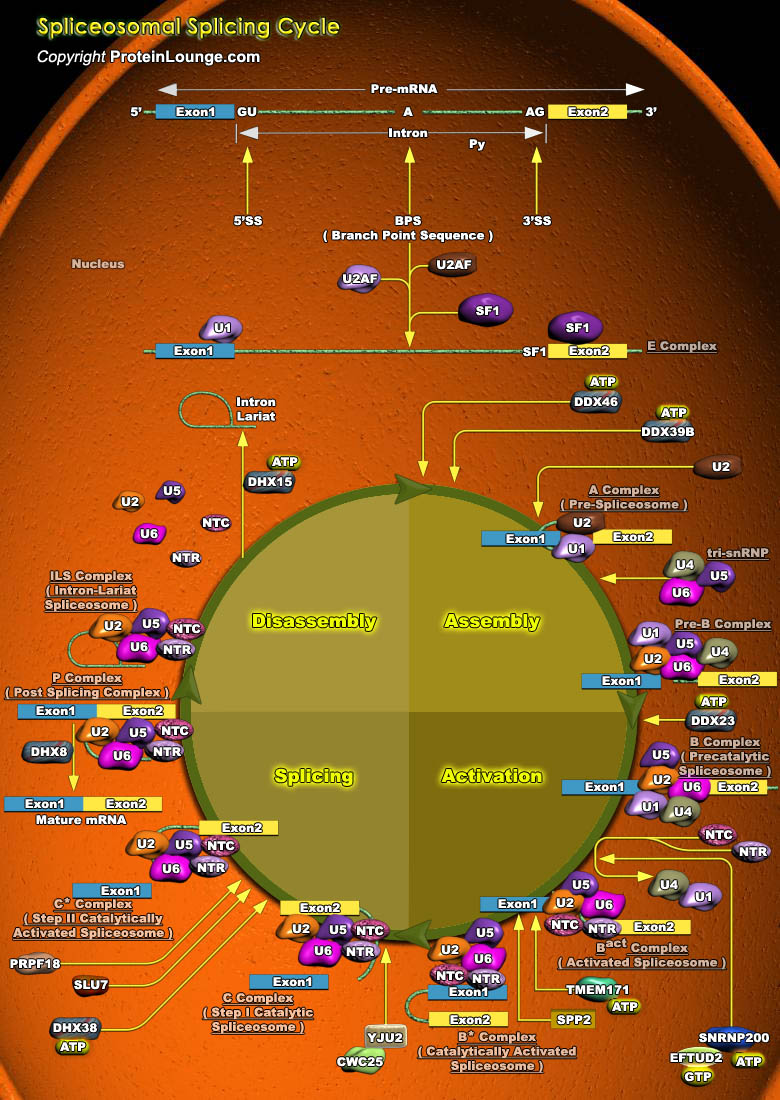
Splicing of pre-mRNA (pre-mRNA) is a complex mechanism where introns are removed, and exons are joined together to form a mature mRNA competent for translation. Pre-mRNA splicing is tightly regulated and its failure is linked to various tumors, pathologies of the endocrine system and neurodegenerative disorders. The discovery that introns are removed during[..]
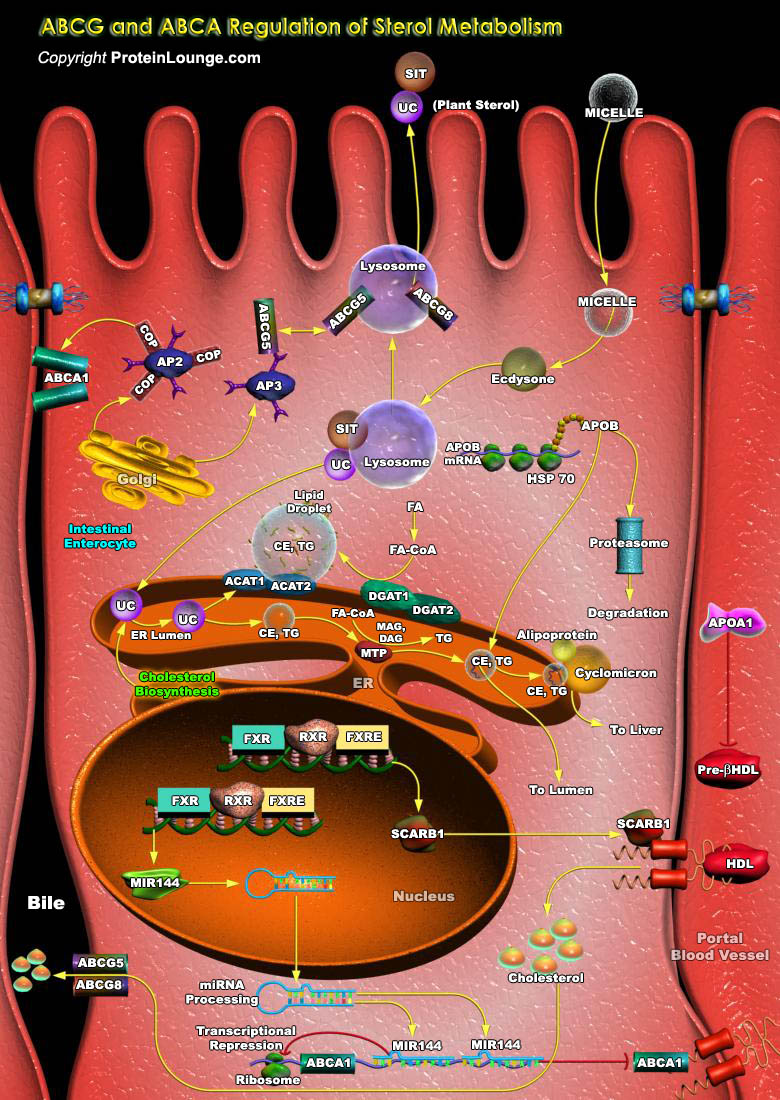
ATP Binding Cassette transporters comprise a large family of membrane-spanning proteins that are responsible for transporting a variety of substrates in prokaryotes and eukaryotes. The most intriguing and, arguably, the most important membrane proteins for this purpose are the ABC (ATP-Binding Cassette) transporters. These proteins, found in all species, use the energy of ATP hydrolysis to[..]










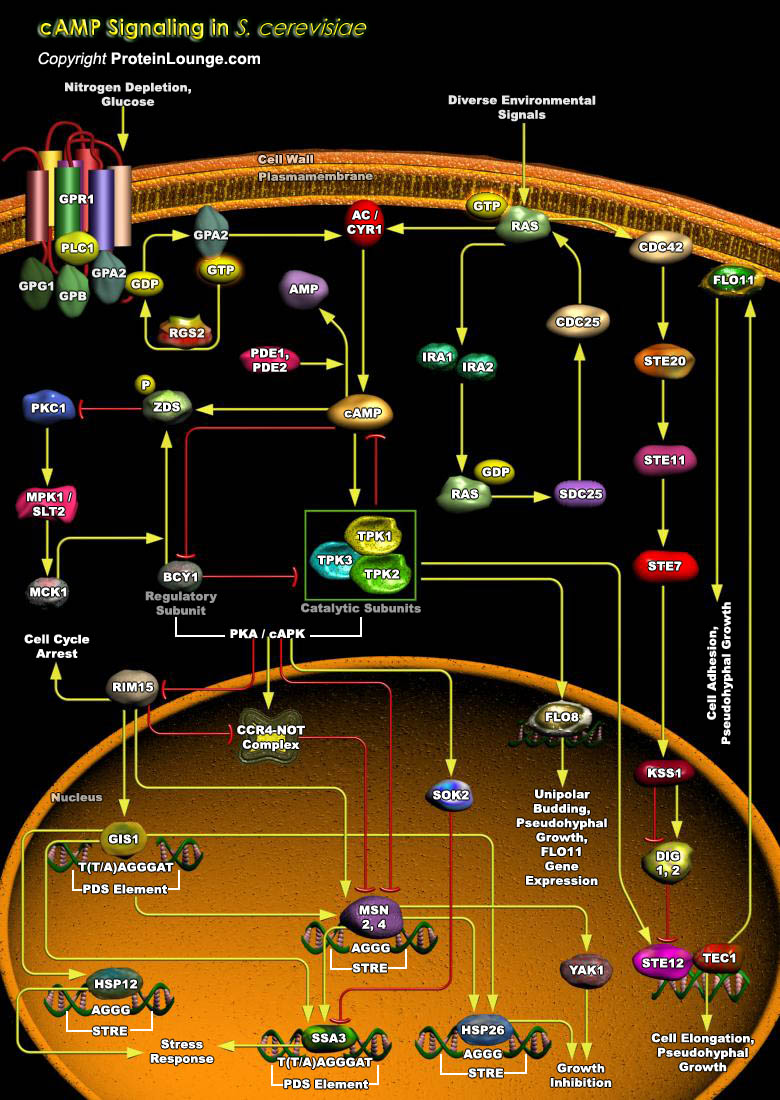
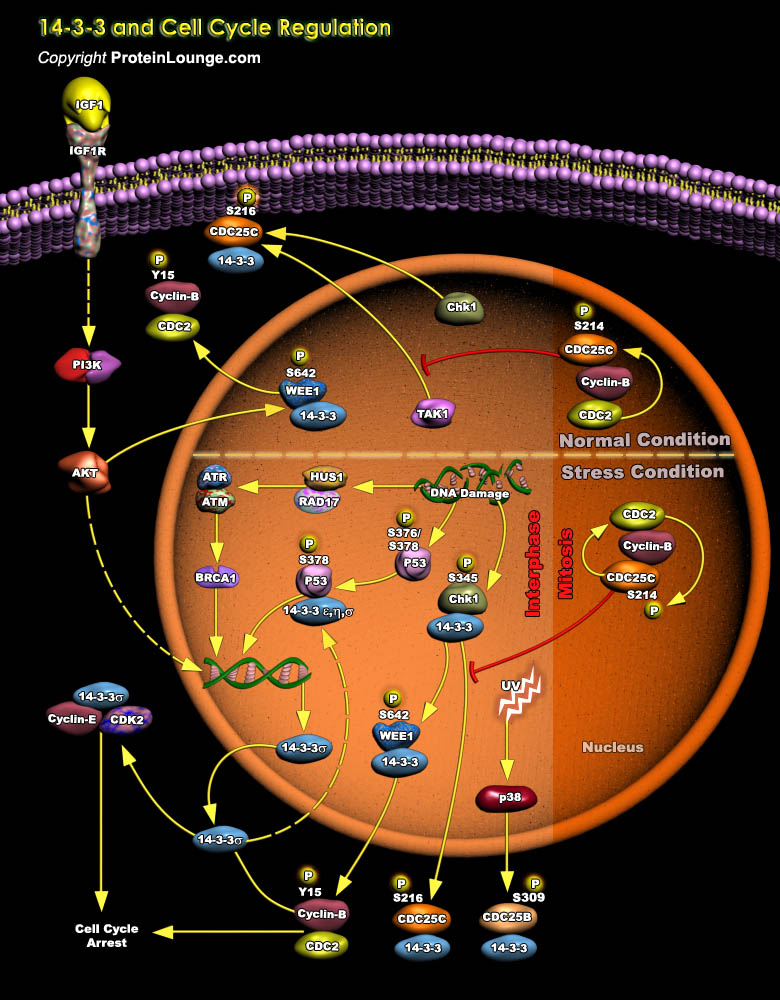
.jpg)
